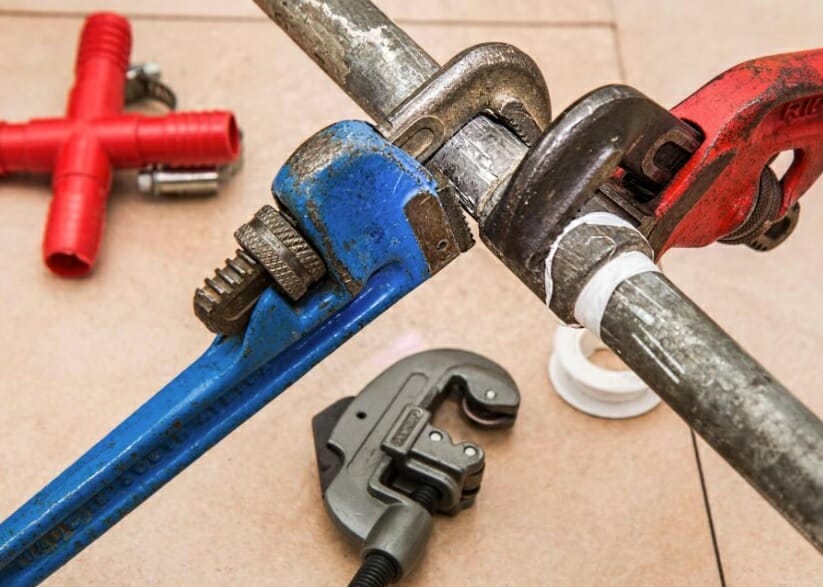As we continue into fall, it’s easy to fall behind on our housework, and before we know it, winter has arrived. This is the time of year when we need to get our homes ready for the colder weather ahead with a series of checks and inspections. If you want to ensure that you have a supply of hot water for winter, it’s a great idea to check your water heater. Let’s take a look at three tips to prevent any major problems from happening to this vital home appliance.
- Replace the Anode Rod
In the water heater, you will find an anode rod that could be made of zinc, magnesium, or aluminum that surrounds a steel core. This rod is essential because it prevents the formation of rust in your water tank. The anode works by reacting and corroding in place of the metal parts, and this is how it protects them. If you take a close look at the anode rod, you may notice that it’s covered in corrosion, and this means that it’s time to replace it. An Anode rod should last for around 3-5 years before a replacement is required, but this can vary due to a number of factors. It’s a great idea to inspect the anode rod in your water tank every few months and part of a general water heater checkup.
2. Flush the Water Tank
During normal operations, the water tank typically accumulates sediment that sits at the bottom of the tank. This material will build-up gradually, and eventually, it will affect the efficiency of your water heater. This isn’t a huge problem during the summer months when you’re not using as much hot water. But, during winter, it will be noticeable as the sediment will act as a layer of insulation that may affect the heat transfer to the water. Over time an excessive quantity of sediment will also increase the corrosion, and this can cause your anode rods to wear out faster.
3. Adjust the Water Temperature
As the temperature drops, you may notice that your water heater cannot make up the temperature difference. Remember that your hot water needs to pass through a series of pipes before it reaches the plumbing fixtures. For this reason, it may be necessary to turn the water heater up by a few degrees to compensate. Every home is different, so you may have to try a few settings until you get the temperature right for fall and winter. When you adjust the water temperature, please take great care, it’s all too easy to set it too high, and people can be scalded. Only increase the water temperature in gradual increments and test it to make sure it’s not too cold or too hot for your family.
These three tips are primarily for people that have a water heater with a water tank. But, some of this information is useful for tankless water heaters too. If you’re confident with tools and have a little plumbing experience, you may be able to tackle some of these maintenance tasks. But, if you’re in any doubt, it’s a better idea to contact your local certified plumber and ask them to service your water heater.
By Giovanni Longo President Flood Brothers Plumbing
Giovanni Longo is a 3rd generation master plumber who has been practicing his craft and trade in the greater Los Angeles area for well over a decade and a half. A plumbing and hydraulics-engineering innovator, Giovanni’s particular world-class expertise focuses on dealing with challenging sewer system designs as well as resolving complex commercial and residential draining issues. As a certified Flood Mitigation expert, he is also well versed in a wide variety of water damage and remediation solution.





